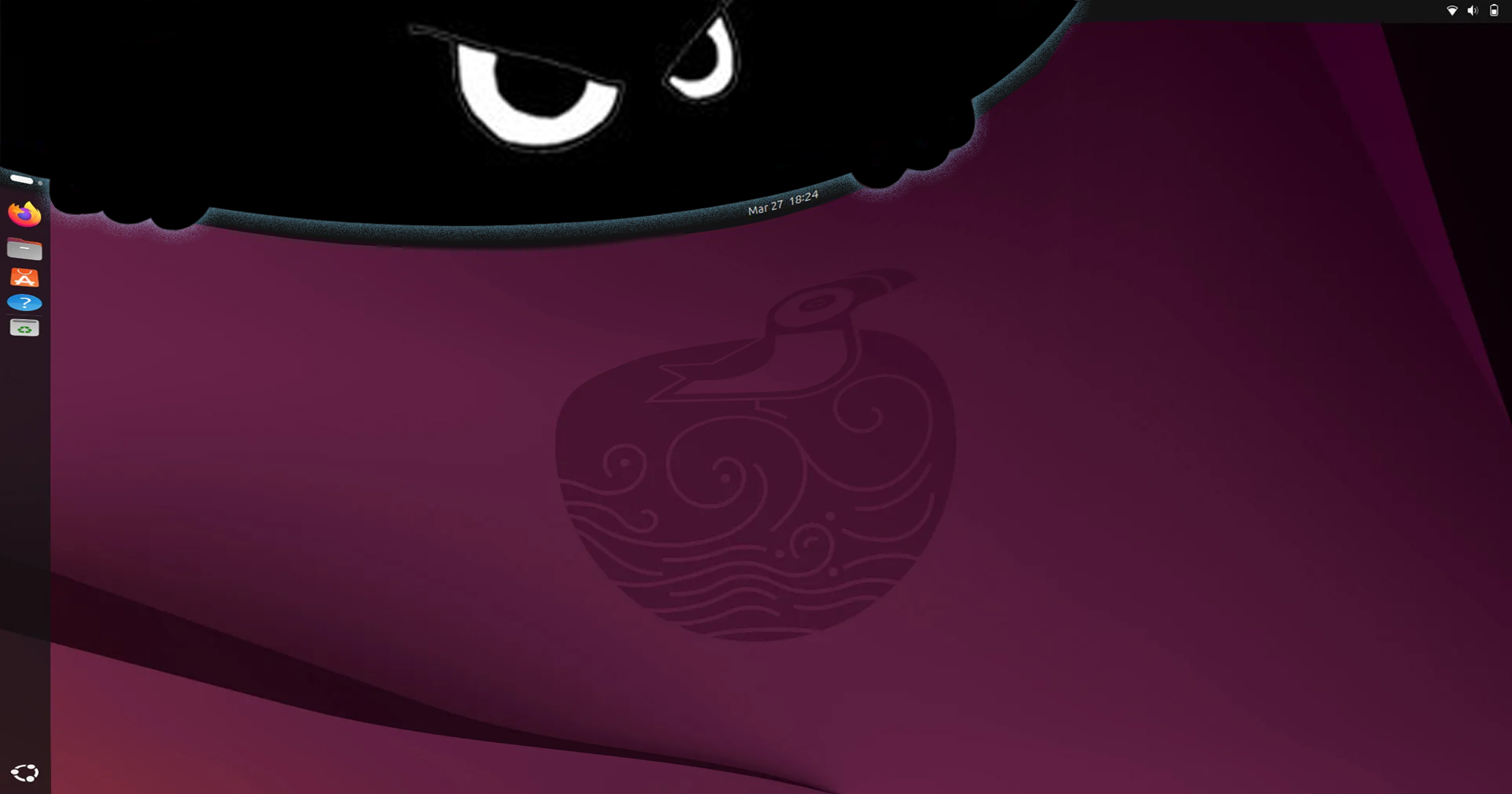Attackers with physical access to a Linux system can access a debug shell simply by entering the wrong decryption password several times in a row.
Yeah, no duh. This isn’t a critical security flaw unless you have the worst partition scheme on your encrypted volumes imaginable. It’s not even a process flaw at that point, just “possible”.
This is essentially what the Israeli government did to Android a decade ago with Pegasus: if you can get in front of the bootloader, you can compromise disks once encrypted because everything is happening in an in-memory boot process.
Same way you can hotwire cars. It’s not new.
What’s the expression? If someone has physical access to your machine it’s no longer your machine.
XKCD about hacking in reality, a $5 monkey wrench, some rope, and kneecaps
I’m confused.
Initramfs is unencrypted in /boot when using LUKS with RAID. It has to be, right?
The attacker uses a debug shell to modify the unencrypted boot, so the next time you boot and type your LUKS password, they can gain access.
This doesn’t line up with your comment?
How are you going to boot something that’s encrypted without input to unlock it?
N
You always “boot something that is unencrypted.” You then “mount” the encrypted volumes and load the OS.
This is how people can put an SSH server (dropbear) in initramfs so they can unlock remotely.
The attack is to initramfs, not the encrypted layer.
The order’ish:
- Boot
- Initramfs loads, gives you the LUKS prompt
- Initramfs decrypts/mounts OS
- OS loads
I’m well aware. You’re proving my point at mount.
But… your original comment is just… wrong?
This isn’t a critical security flaw unless you have the worst partition scheme on your encrypted volumes imaginable.
The default LUKS partition scheme is vulnerable.
It’s not even a process flaw at that point, just “possible”.
There is a successful POC, it is a flaw.
you can compromise disks once encrypted because everything is happening in an in-memory boot process.
This is not just in-memory. This is modifying the unencrypted part of initramfs on disk. Powering off the machine does not remove the exploit.
Physical access = electronic waste
Thats how it has always been and always will be. If a threat actor had free access to your device for even just a couple seconds, its compromised rare earth trash.
Nope
Nope
Exactly.
Silicon is not a rare earth element.
Neither is Aluminium nor plastic nor Lithium (it’s getting rarer alright, but doesn’t fall into the category).The amount of rare earth elements is really small in these devices.
Explain. The way i understand it, if somebody flashes malware into your firmware or bootloader then that device cant really be guaranteed to ever be safe again.
Secure boot helps protect against evil maid attacks by checking hardware and OS signatures. If the boot process has been tampered with, the user can be alerted that the secure boot process can no longer properly verify signatures.
While its probably true that you can no longer guarantee that system can be used safely ever again, at least you will be aware that it was tampered with and you can go ahead and send that system to e-waste and get you a new system.
i know this is not for PCs but GrapheneOS uses the Google Titan chip and this app to solve that problem.
might be a long time before we get similar hardware for PCs. the only thing that’s remotely similar is the Apple T2 for MacBooks but there’s no Linux distro with comparable security to GrapheneOS yet.
a raspi, soic8 clip and coreboot
isn’t coreboot strictly for x86?
you use a soic8 clip and the raspi to connect directly to the SPI ROM on some other computer so you can flash coreboot on it without any obstructions
If someone has physical access then surely they can change the initramfs without having to use the debug shell?
It seems the issue here is that initramfs is not signed, which makes this attack possible.
If it is signed and an evil maid modifies the initramfs itself, it will break the secure boot process and the user will be notified that their system has been tampered with. This should indicate that the secure boot protection is working.
If initramfs is not signed and it drops to the debug shell, then the attacker can make any changes to your system without it affecting secure boot, since it has already passed the protection. At least that’s my understanding when I read this.
That makes sense. Would a signed initramfs be possible though? Since it’s usually rebuilt after most system updates?
Depends on the OS, but you can generally have
mkinitcpiohandle generating new UKIs after updates and also have it trigger something likesbctlto re-sign images.
This is true, unfortunately some Linux users have been conditioned to “just turn off Secure Boot” without understanding what this actually means and entails.
On the bright side, hopefully this accelerates the UKI initiatives on the different distros.
That would get us a pathway to a fully working secure boot and hibernation on encrypted volumes.
Last time I checked the windows implementation was also flawed






